Hi all! After four weeks of nonstop travel throughout Europe looking at postwar art, Holocaust memorials, concentration camps, and other sites of historical and, in Derrida’s words, “hauntological” resonance, I am glad to be home and doing reading for my project. In between my research, I had many great experiences getting to know locals, eating good food, and wandering through the cities I traveled to. Thank you Gallatin for this grant, my trip was incredible and often lots of fun, despite my research’s emotional demands.
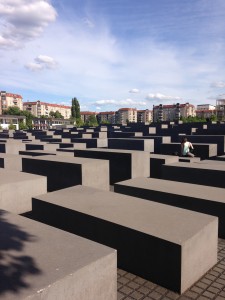
For those who do not recall, my primary research site was Berlin, a city haunted by many histories. However, for my project I focused on its place as the war-ravaged headquarters of the Third Reich and how the physical and memorial traces of those histories translate to the work of the German artist Anselm Kiefer. During my stay, I explored ruins, architectural voids such as Potsdamer Platz, and remnants of the Berlin that saw the rise and fall of Nazism and the subsequent genocide of its Jewish and, in the Nazis’ terminology, “asocial” citizenry. I went to the crumbling Anhalter Banhof, where the first deportations of German Jews took place. I walked through the excellent “Topography of Terror”, a permanent exhibition working through questions of how the German citizens and government let this unimaginable terror come to and stay in power. It is situated on the ruins of the Gestapo and SS headquarters and the Berlin Wall. I also went to Ravensbrück, the concentration camp where 135,000 women were imprisoned and tens of thousands murdered.
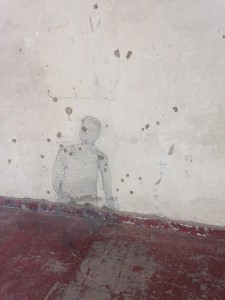
Being physically present in these spaces and many others brought upon feelings of haunting, disbelief, and sorrow in ways that mere thinking about the Holocaust had never done for me before. In addition to these historical sites, I spent a lot of time looking at art. I was disappointed to find that much of the work by Kiefer that my research pointed towards being on view, wasn’t. Though throughout my trip I saw relatively few Kiefers, finding much work in conversation with his, such as a huge selection of material by his teacher, Joseph Beuys, rewarded my efforts.
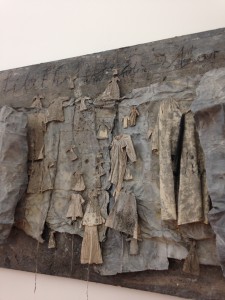
I also traveled to Prague, Vienna, Salzburg, Innsbruck, Munich, Amsterdam, and Copenhagen. During my stay at those places, the research and reading continued, with visits to Dachau, Jewish museums, sites of resistance and memorials,many art museums and a public installation by Kiefer that I serendipitously found in Salzburg.
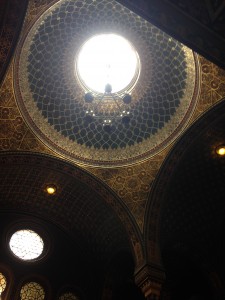
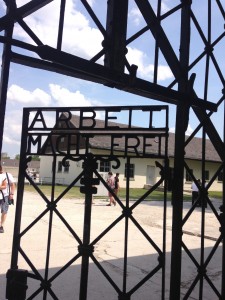
My thesis, that Kiefer’s work performs a visual critical theory by employing the iconographies of haunting, angels, and what lies at the margins of human and nonhuman, has not changed overall. However, I am beginning to think about when haunting stops and ends, and what happens when we leave Kiefer’s work, a concentration camp, or other sites of the ghostly or historically fraught. How does this haunting manifest when we reenter the reality that we work so hard to keep unburdened by Benjamin’s Angel of History, a consciousness that often cannot mourn or outright refuses to. What does the mournful and haunted artwork or space do once we leave it? These are the questions I’ll be working with as I delve further into my research.
